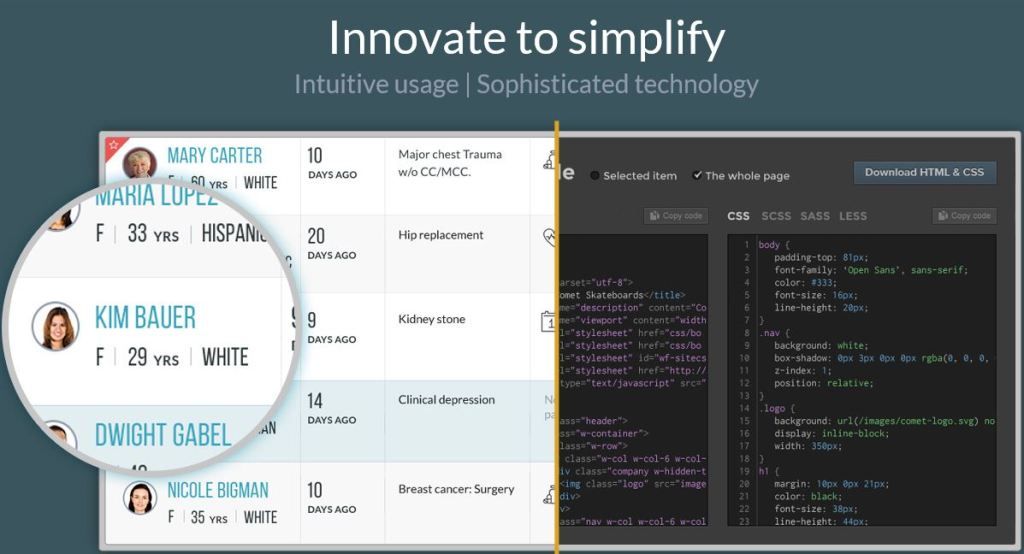 Ahhh… the Disease Management Care Blog remembers Match Day. That’s the process that matches medical students to their after-graduation specialty-based residency training programs. If you’re interested in seeing a video of the annual rite of senior med students getting their match results, check this out. Things haven’t changed.
Ahhh… the Disease Management Care Blog remembers Match Day. That’s the process that matches medical students to their after-graduation specialty-based residency training programs. If you’re interested in seeing a video of the annual rite of senior med students getting their match results, check this out. Things haven’t changed. After being alerted by the Wall Street Journal Health Blog’s telling description of the travails of one medical student navigating The Match, it kept its eye out for that other annual rite: a doom and gloom announcement by an organized primary care medicine group such as the American College of Physicians (ACP) or the American Academy of Family Practice (AAFP). It did not have long to wait.
According to ACPOnline, matching in internal medicine (primary care for adults) had another decline while family practice had a minuscule increase of 0.4%. According to their press release, there will not be an adequate supply of physicians to treat an aging population. That was also true in 2007, and 2006, and 2005 and… well you get the point.
While it is true that there is less variation and better utilization when there is access to primary care providers, the market (as dysfunctional as it is) preferentially values specialty care as measured by income and, to some extent, by the willingness of patients to bypass the local system. The DMCB asks this: if you or a family member had a really bad back ache, would you prefer to see your primary care and be reassured, or would you prefer to see a back specialist even if you had to travel and pay more out of pocket? The right answer is the former. A prevalent answer is the latter.
In addition, if you had a sore throat, would you prefer to call your primary care physician for an appointment or would you seek a walk-in nurse practitioner in the local pharmacy? The ultimate outcome may be pretty much the same, so the right answer often comes down to convenience.
Assuming market forces are allowed to persist in some fashion after the 2008 elections, the DMCB believes the ‘leak’ of patients above to specialists and the ‘grab’ from below of ‘episodic care’ patients (to entities like WalMart and Walgreens - including work sites) will leave the middle to primary care physicians. They will find their practices increasingly dominated by patients with chronic illness and multiple co-morbidities. Experts in the landscape of primary care seem to agree and have recommended primary care physicians prepare by radically rearranging their delivery of health care.
The DMCB agrees with the sage 2005 editorial by Dr. Lawrence. Rearranging things is not enough. One part of the answer is the chronic care model. It believes another is old fashioned disease management, which offers an under-recognized advantage of being able to “off-load” many of the more routine aspects of chronic illness follow-up and education. Both DM and CCM are associated with high levels of patient satisfaction and can command significant revenue. The chronic care model appropriately capitalizes on the special skills and roles of the physician. Unlike the chronic care model, however, disease management can increase the patient-primary care physician ratio. Assuming it can figure out how to integrate with physicians, it has the potential of enabling fewer docs to be available to more patients - all at a very competitive cost.
The DMCB accepts the claims of success from both the chronic care model and the disease management industry. However, it doesn’t believe either alone is up to the task of addressing the perpetually dismal primary care match results and the growing needs of persons with chronic illness. The "chronic care" market will be looking for better approaches to care and isn’t paying much attention to the ACP’s gloom and doom. We need to understand how the "chronic illness market" and its worsening manpower shortage will respond to best-of-both combinations of disease management and the chronic care model.












No comments:
Post a Comment